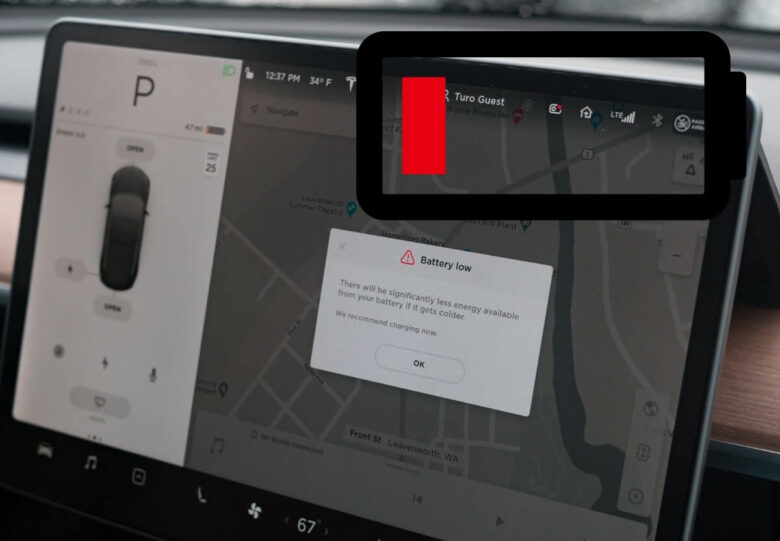how long can an electric car sit without charging
Electric cars are becoming increasingly popular as society strives for a more sustainable future. With their zero-emission capabilities and impressive performance, they offer an exciting alternative to traditional gasoline-powered vehicles. However, one question that often arises is how long an electric car can sit without charging. In this post, we will explore this topic and provide you with some valuable insights.
Understanding Electric Car Battery Technology

Before we delve into the duration an electric car can sit without charging, it's important to have a basic understanding of the technology behind the battery systems used in these vehicles. Electric cars typically utilize lithium-ion batteries, which are known for their high energy density and long cycle life.
These advanced batteries are designed to store and deliver electrical energy to power the electric motor. They consist of multiple cells that work together to store and release energy. The performance and longevity of an electric car's battery depend on various factors, including the battery chemistry and management systems implemented by the manufacturer.
The Factors That Influence Battery Drain

When an electric car sits idle without charging, several factors can contribute to the drain of the battery's charge. These factors include:
1. Standby Power Consumption
Just like any electronic device, an electric car consumes a small amount of power even when it's not in use. This is often referred to as standby power consumption. Various systems, such as the battery management system and onboard electronics, require a minimal amount of power to remain operational.
However, it's important to note that the standby power consumption of electric cars is significantly lower compared to many other electronic devices, such as smartphones or computers. Manufacturers employ energy-efficient designs to minimize this drain and ensure that the battery's charge is preserved for as long as possible when the car is idle.
2. Battery Self-Discharge
All batteries, including the lithium-ion batteries used in electric cars, experience self-discharge over time. This means that they naturally lose a small portion of their charge even when not in use. The rate of self-discharge varies depending on the battery chemistry and temperature conditions.
Modern lithium-ion batteries have relatively low self-discharge rates, typically around 1-2% per month. This means that if an electric car sits idle without charging for several months, the battery's charge level will gradually decrease. However, the rate of self-discharge is generally low enough to allow electric cars to sit without charging for extended periods without significant loss of charge.
3. Temperature
The ambient temperature plays a crucial role in the battery's performance and self-discharge rate. Extreme temperatures, both hot and cold, can accelerate the self-discharge process and potentially affect the overall health of the battery.
It is generally recommended to store electric cars in a cool and dry environment, avoiding prolonged exposure to extreme temperatures. This helps to preserve the battery's charge and maintain its longevity. Some electric cars even offer advanced thermal management systems that help regulate the temperature of the battery pack, further enhancing its performance and overall lifespan.
Recommended Practices for Long-Term Parking
If you plan to park your electric car for an extended period without charging, it's advisable to follow some simple practices to preserve the battery's charge and ensure its longevity:
1. Maintain a Sufficient Charge Level
Before parking your electric car, make sure that the battery has an adequate charge level. Generally, it is recommended to have at least 20-30% state of charge (SOC) when storing the vehicle for an extended period. This helps to minimize the self-discharge and ensures that the battery does not enter a deep discharge state, which can be detrimental to its overall health.
2. Disconnect Auxiliary Systems
To further minimize power consumption, consider disconnecting or turning off any auxiliary systems that are not necessary during the parking period. This includes features like the infotainment system, interior lighting, or even the vehicle's alarm system. By reducing power draw, you can extend the battery's available charge for a longer duration.
3. Maintain Proper Tire Pressure
Proper tire pressure is essential for the overall efficiency of an electric car. When parked for an extended period, it is advisable to inflate the tires to the manufacturer's recommended pressure. This helps to reduce friction and rolling resistance, ensuring that the energy consumption is optimized when the vehicle is put back into service.
Conclusion
In summary, electric cars can sit without charging for extended periods, thanks to their advanced battery technology and efficient standby power systems. While some battery charge will naturally be lost due to self-discharge, the rate is generally low enough to allow electric cars to remain parked for several months without significant loss of charge. By following the recommended practices, you can ensure that your electric car's battery remains healthy and ready for use when you decide to hit the road again.
Remember, the information provided here is based on general knowledge and industry standards. For specific details regarding your electric car's battery management and long-term parking recommendations, it's always best to consult the manufacturer's guidelines or reach out to a professional in the field.


Post a Comment for "how long can an electric car sit without charging"
Post a Comment